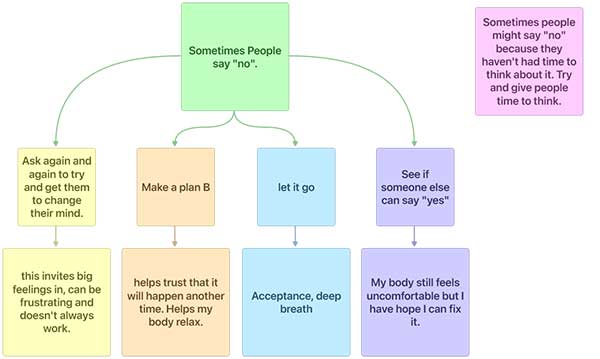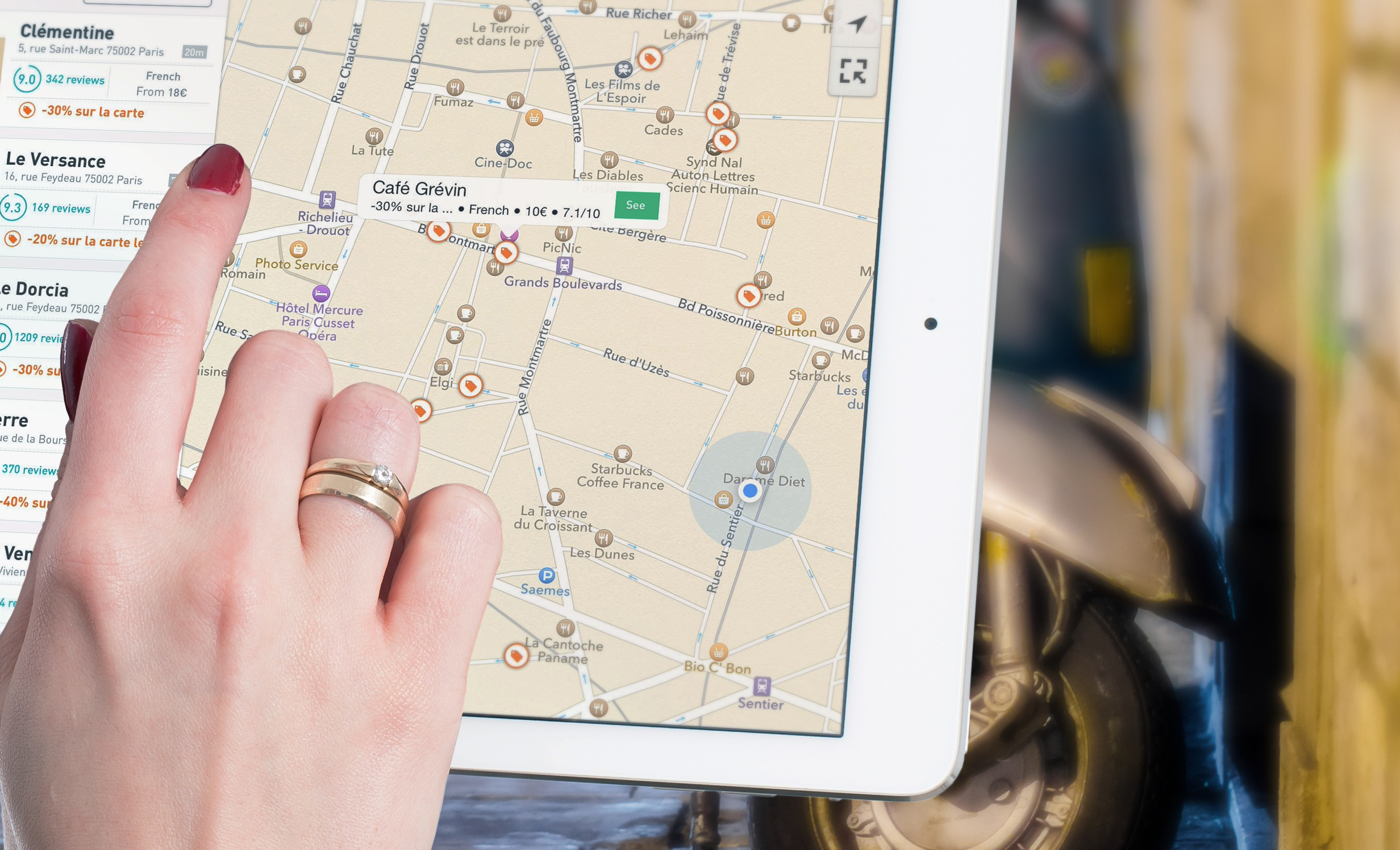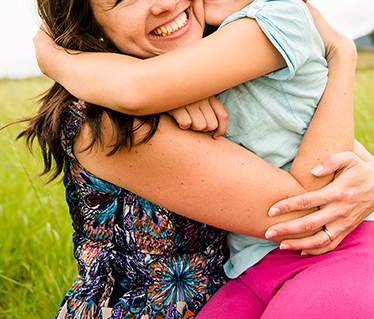What is Somatic Behavioral Coaching?
Somatic Behavioral Coaching involves noticing and naming what is happening with the body and then noticing how those sensations or feelings influence subsequent behaviors.
Our bodies naturally react to situations, events, words, noises, and the bodies reaction and subsequent behaviors are the road map we use to find missing skills. Since I use the body and behaviors to guide me I can work with anyone -you don’t need words, you don’t need to be able to deeply reflect and understand all the in’s and out’s of your psychology and neurology, you just need to show up and do the thing you want to do or are trying to do while I observe. With observation and coaching, we will find our way to a place where your body feels better, your brain feels like it can access the information and you can learn new skills. My clients form a new deeper relationship with themselves and with compassion and curiosity they start to shape a new way of being in their bodies.
I believe that everyone in this world wants to feel good, do good, learn new things and achieve their goals. If this is not happening I want to know why, and if you are here you are asking that same question.
“Listen to be impacted”
Over the recent weekend, I had the privilege of attending a workshop led by Marie Thouin, and she shared some insights that truly resonated with me: “listen to be impacted.” While we often hear about the importance of active listening – nodding, paraphrasing, and showing attentiveness – Marie emphasized something deeper. She urged us to…
Read MoreHow is Somatic Behavioral Coaching different?
Somatic Behavioral coaching is respectful, inclusive and embraces everyone's unique “operating system”. The neurotypical world is built around and for the neurotypical brain, and historically we have asked all of those who fall outside of this paradigm to change, or to be more like “everyone else”. ABA is a perfect example of this outdated approach. The primary goal of ABA is to change behaviors, it is compliance based and focuses on positive rewards. Somatic Behavioral Coaching focuses on the body and missing skills; I want you to feel your own internal motivation and I make sure everyone understands what we are doing and consents to the process. I will pay close attention to you and all supports are designed to support your “operating system”.

Where do we meet?

I know this may sound odd after being on Zoom so much, but the best way to do this work is remotely. I have observed that this process is most effective, with skills mastered and generalized faster if we keep the client in an unchanged/familiar environment, developing skills where they would typically happen, in the company of people who are usually present. If paper or technology supports are needed I can hand deliver, mail or email them to you. I am also open to meeting in person in the Seattle area if the skills we are working on will be enhanced by my physical presence.
Will this require me, the parent or caregiver, to participate?
It does. I wish I could do this work in a vacuum and historically that is how everyone has approached this work but if we want the skills to be mastered and generalized everyone needs to shift. Usually I ask that the parents stay close for the first 30-45 minutes listening and watching what I do, then we will meet as a group, and then I will close the session with a parent meeting to address any other needs or questions. The long-term payoff from full participation and engagement is huge.
